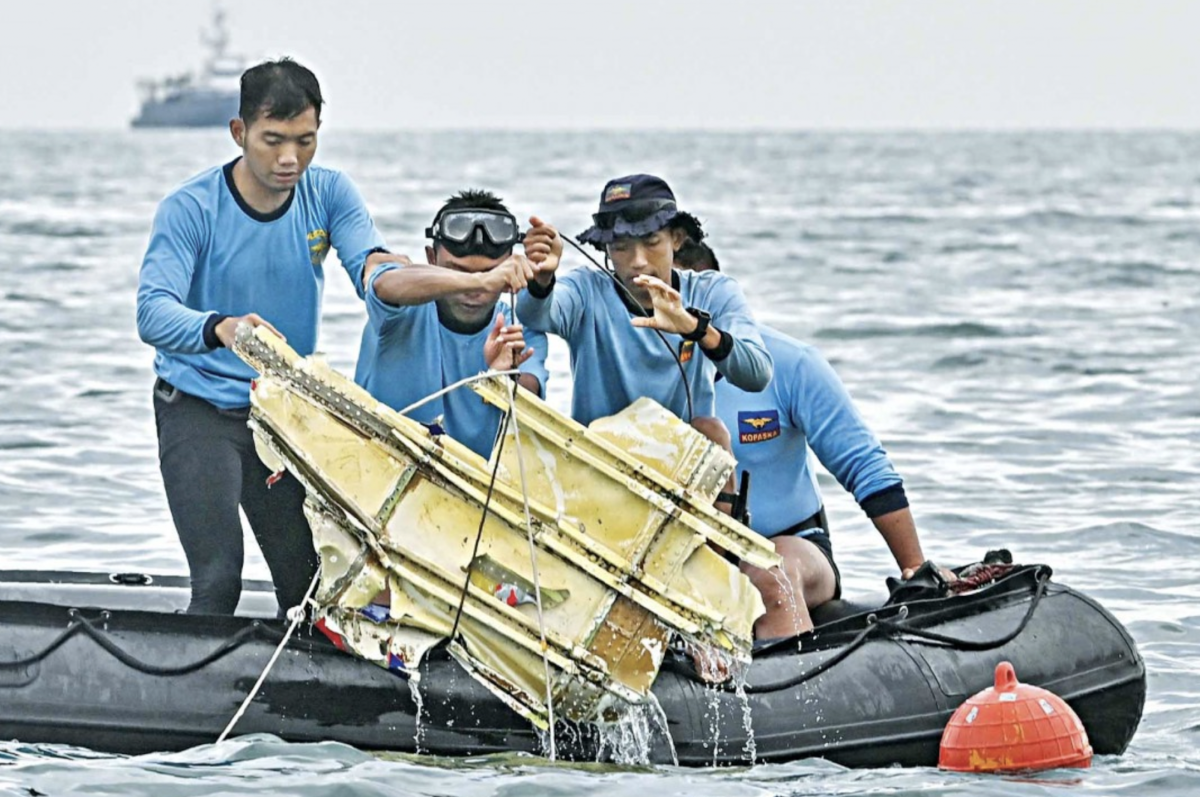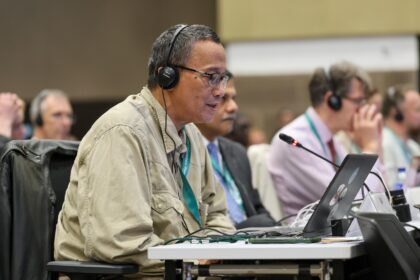[ad_1]
Indonesian investigators may have moved one step closer to solving the crash of Sriwijaya Air Flight 182.
Like all aircraft accident investigations, it isn’t just one thing … it’s a series of things that happen, and the mystery of these events, is starting to be revealed.
The investigators now think a malfunctioning automatic throttle — in actuality, a throttle moving by itself — may have caused the pilots of a Sriwijaya Air jet to lose control.
The one, small incident, may in fact have led to the Boeing 737-500’s plunge into the Java Sea last month.
National transportation safety committee investigators said on Wednesday they were still struggling to understand why the jet nosedived into the water minutes after taking off from Jakarta on 9 January, killing all 62 people on board, The Guardian reported.
The investigators issued a preliminary report that provided new details of the pilots’ struggle to fly the plane almost as soon as it became airborne.
The lead investigator, Nurcahyo Utomo, said the left engine’s throttle lever moved backwards “on its own†while autopilot was engaged, reducing the power output of that engine before the jet plunged into the sea.
He said pilots of previous flights had reported problems with the automatic throttle system on the 26-year-old jet, The Guardian reported.
The pilots’ last conversation with air traffic control was about four minutes after takeoff, when the crew responded to an instruction to go up to 13,000 feet.
The plane’s flight-data recorder showed the plane reached an altitude of 10,900 feet and then began declining, Utomo said.
While on autopilot, power to the left engine was reduced, while the right engine’s power remained steady. The pilot fought to bring the plane up, but it rolled on to its left side, The Guardian said.
A minute later the data recorder showed the automatic throttle had been disengaged as the plane pitched down. The flight-data recorder stopped recording seconds later.
In a press conference to announce its preliminary report, the committee’s aviation head Nurcahyo Utomo said both autothrottles showed anomalies, Channel News Asia reported.Â
“For the left one, the retreat was too far, while the right one didn’t move, so it was stuck. We don’t know which one was broken, the left or the right one,†he added.Â
Utomo added that the investigation would focus on the plane’s autothrottle system and related components installed in the aircraft, the plane’s maintenance record as well as possible human factors involved, CNA reported.
In the press conference, Utomo also revealed that the plane’s autothrottle was broken prior to Jan 9, but had been repaired.Â
“On Jan 3, 2021, the pilot (of a previous flight) reported that the autothrottle was unserviceable. The engineer rectified the problem by cleaning the autothrottle computer’s electrical connector.
After reinstallation, the Built-in Test Equipment (BITE) test result was good, CNA reported.Â
“After Jan 5, there were no more DMI (Deferred Maintenance Items) records in the aircraft maintenance log until the date of the accident, Jan 9, 2021,†he said.
Divers were able to recover the crashed plane’s flight-data recorder, which tracks hundreds of parameters showing how the plane was being operated, but were unable to find the memory unit from the cockpit voice recorder, which could tell investigators what the pilots were doing — or failing to do — to regain control of the plane, The Guardian reported.
The module apparently broke away from other parts of the voice recorder during the crash — something that is not supposed to happen.
Investigators are working with Boeing and the engine-maker, General Electric, to review the information from the flight-data recorder.
A team from the US National Transportation Safety Board and the Federal Aviation Administration has also joined the investigation.
[ad_2]
Source link














